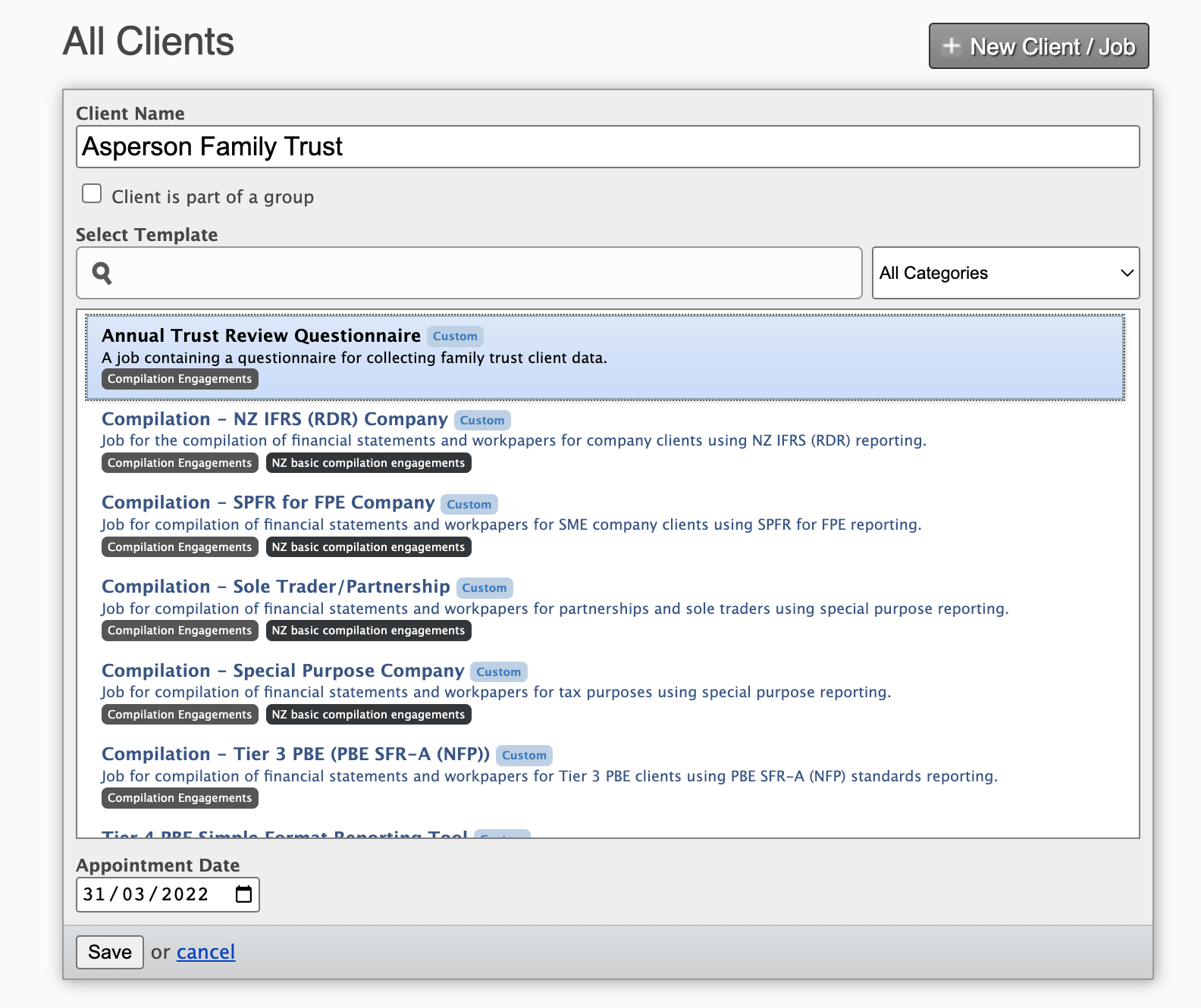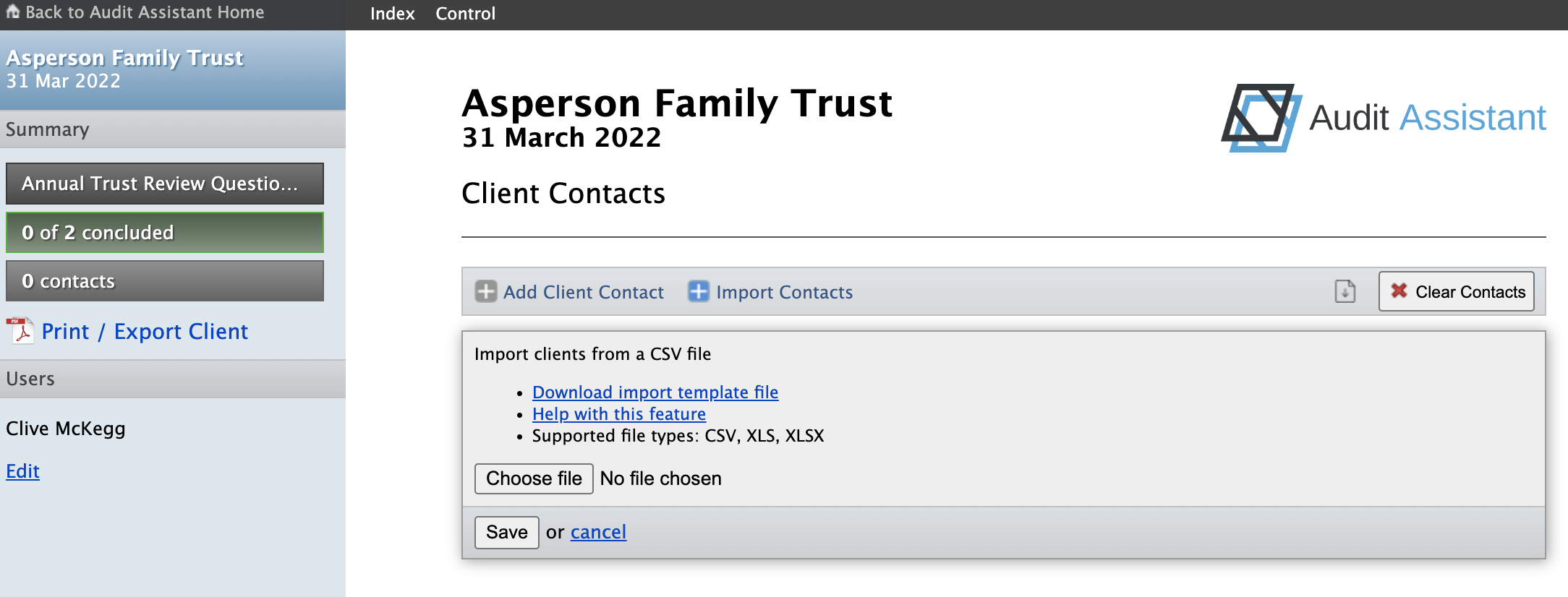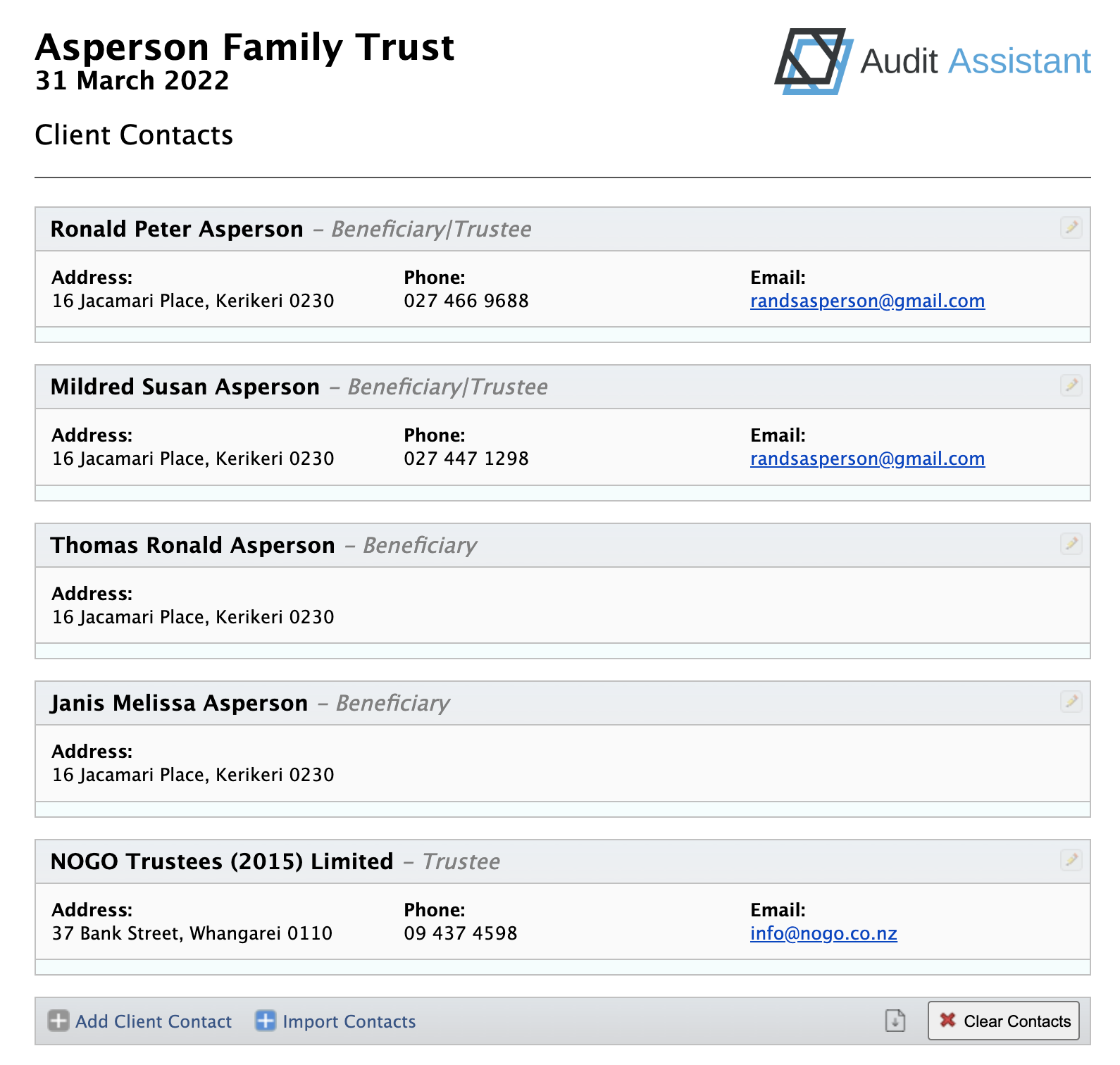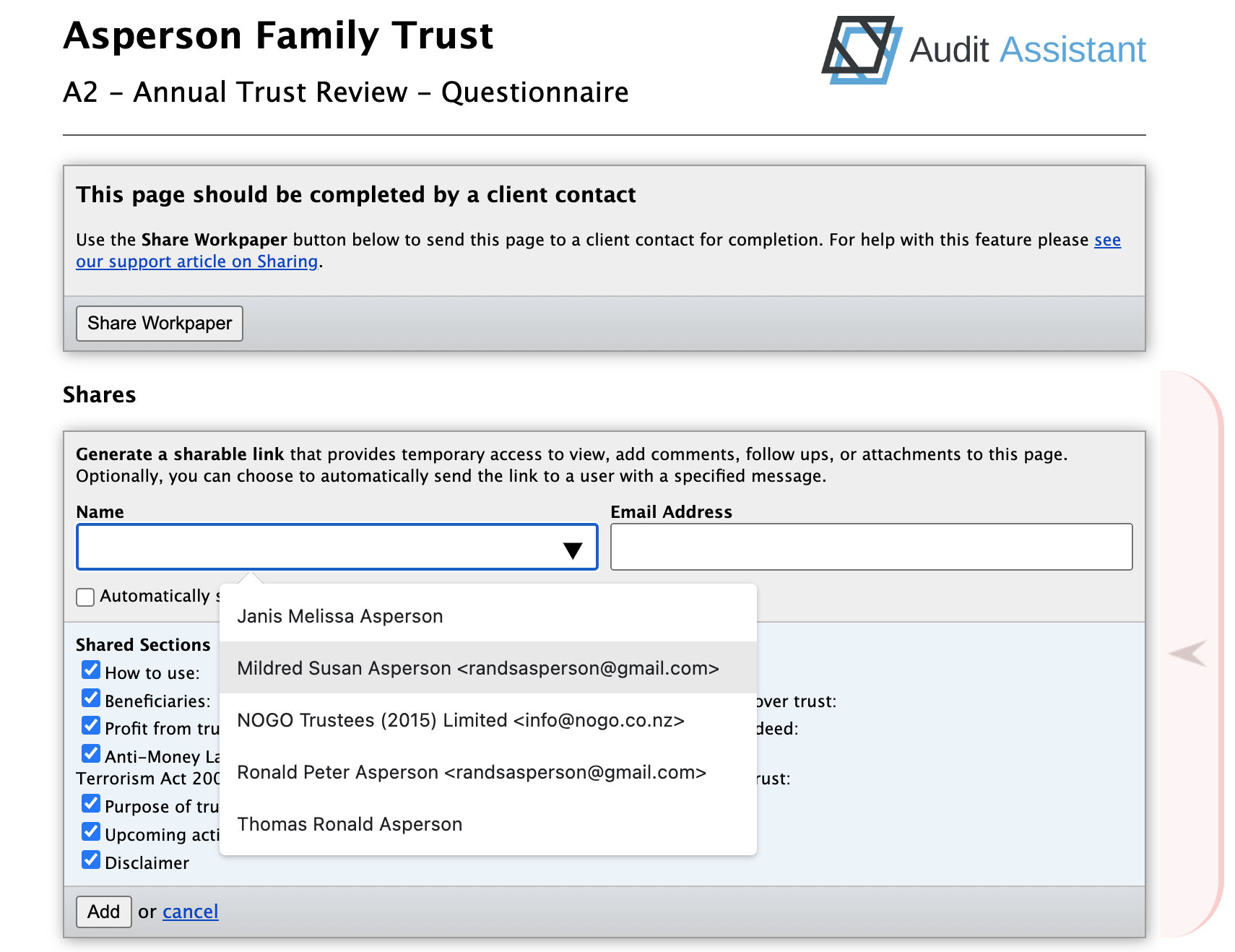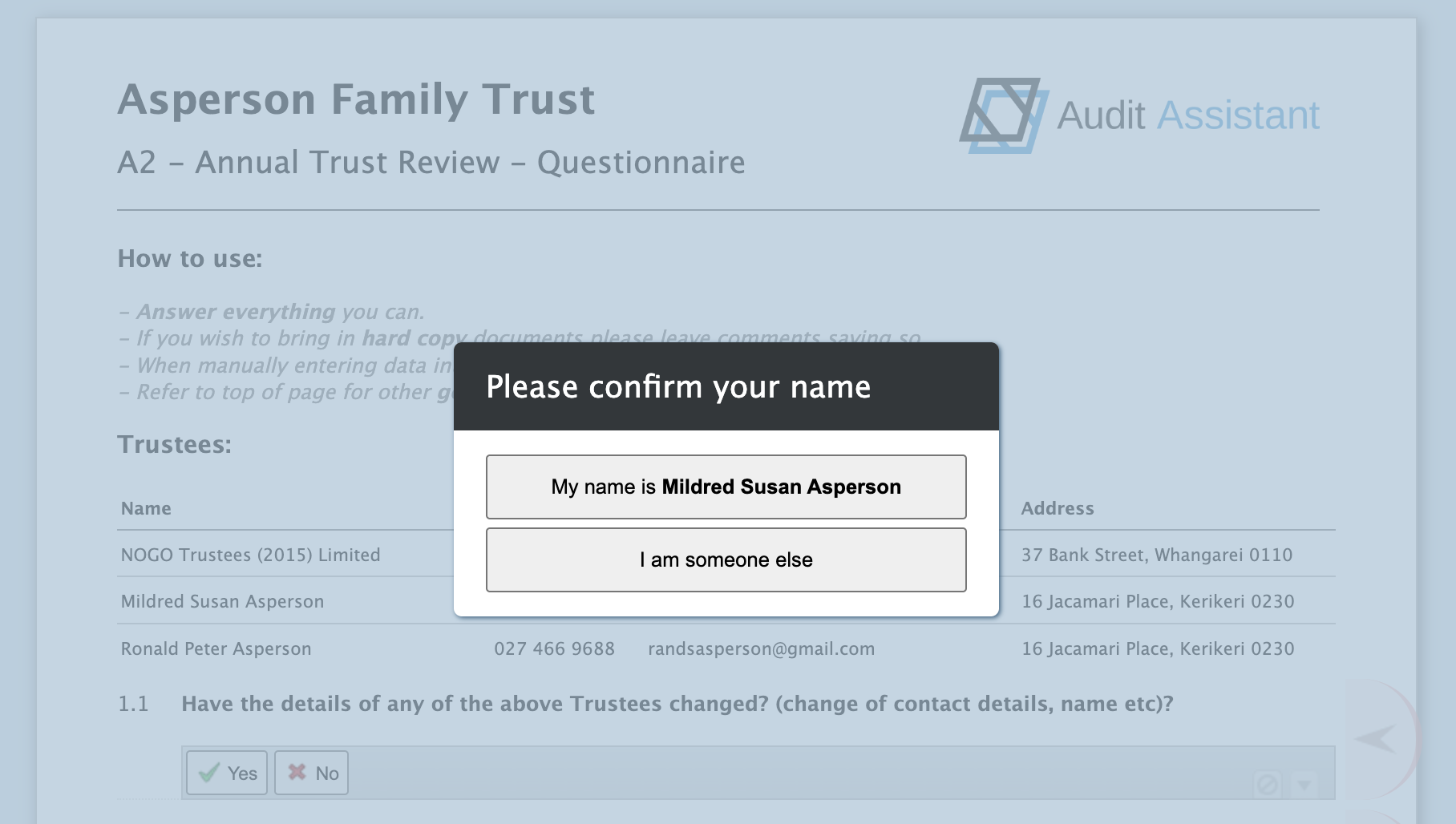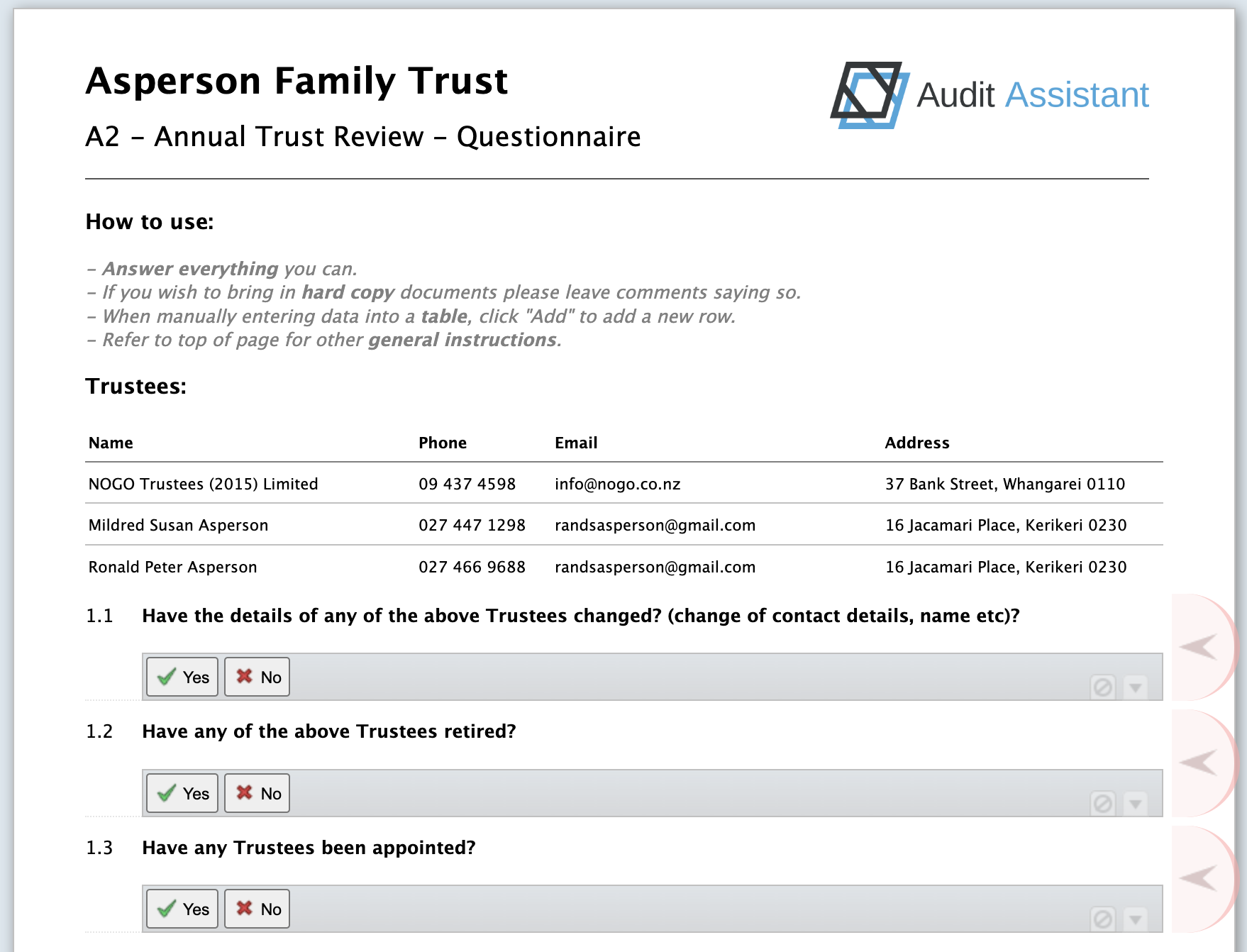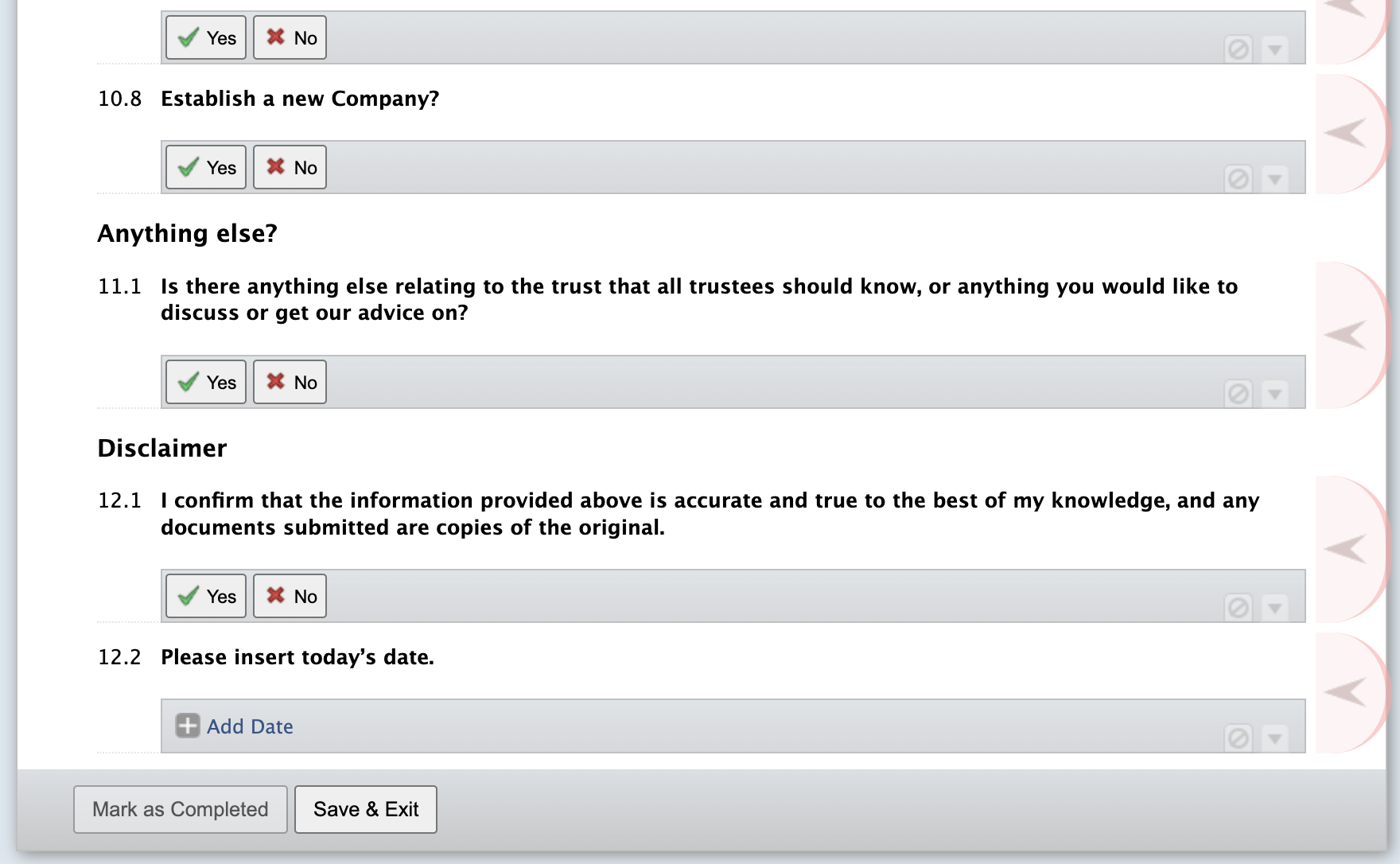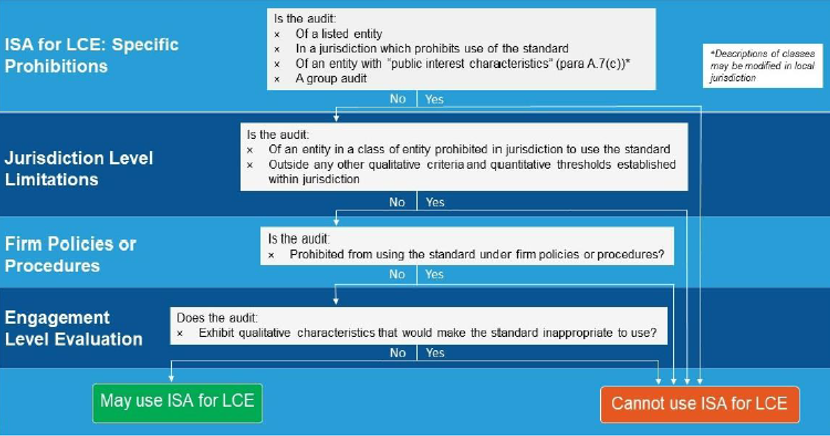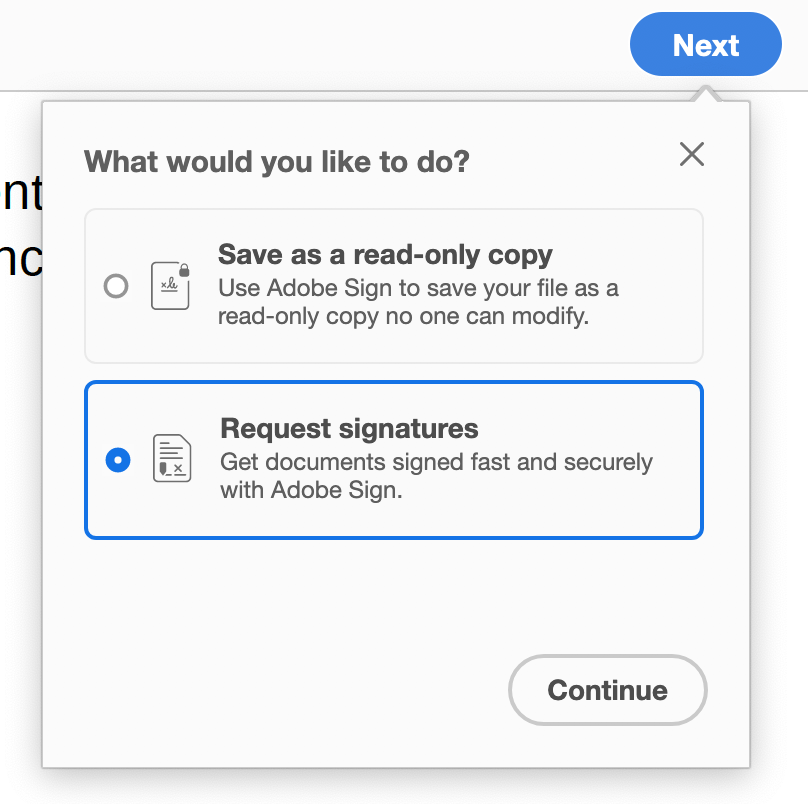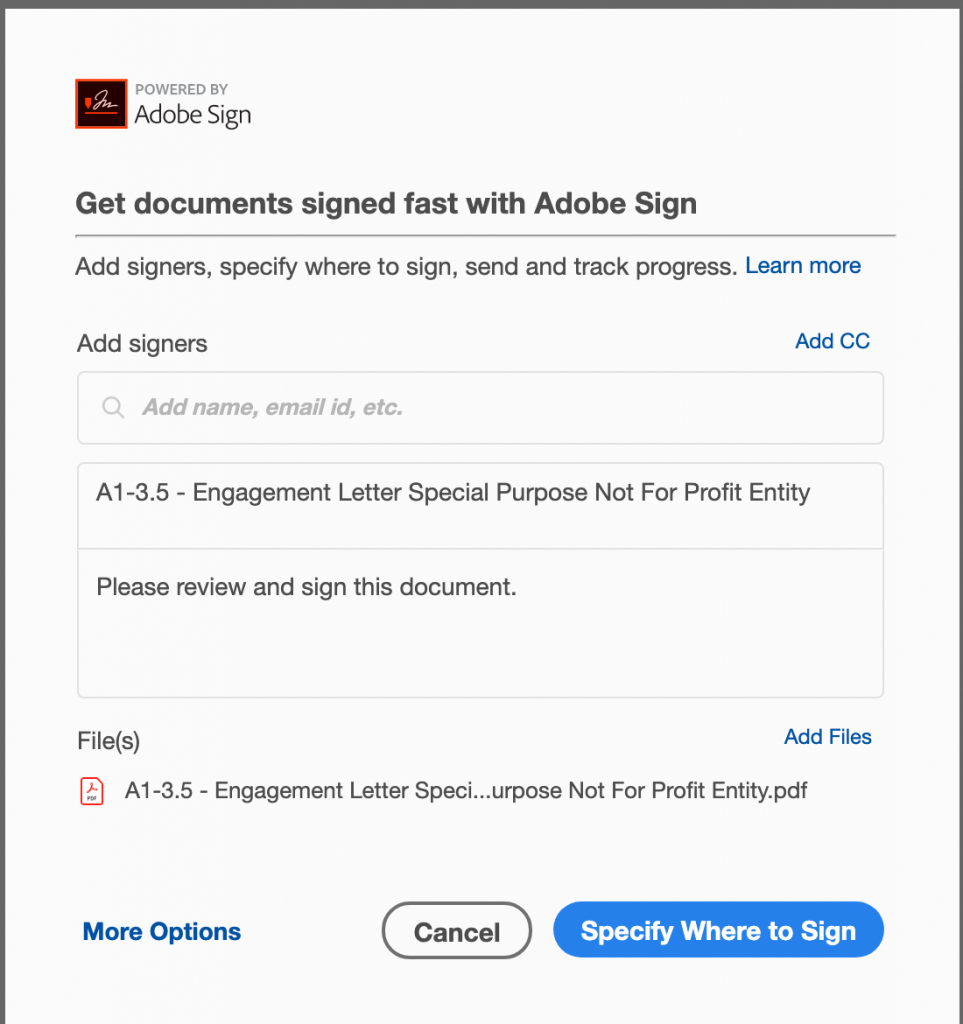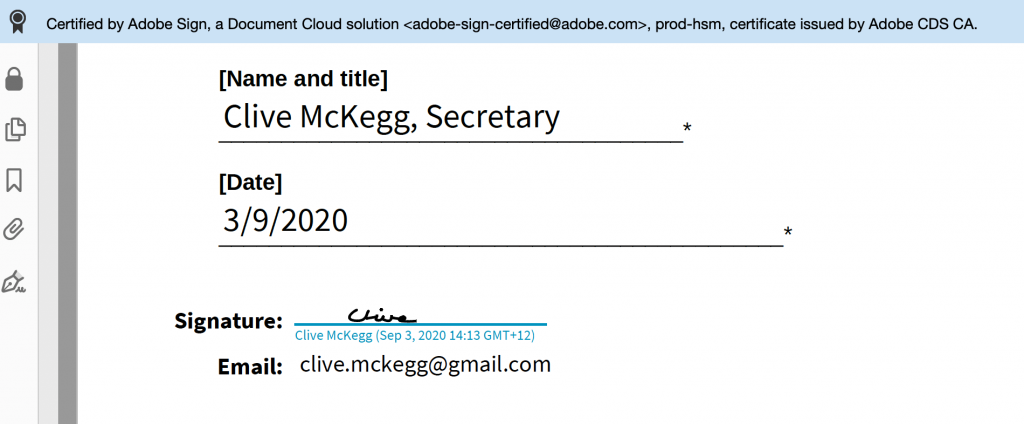26 July 2022
There’s a new Act in town. And some people aren’t happy, claiming that this could be an ‘extinction event’ for many small clubs. The 1908 Act was predictably relaxed, out of step with modern regulation and reporting, so an update was needed.
So what does the new Incorporated Societies Act entail for these entities, and for those who prepare and audit the financial statements? Is the fear justified?
Changes for entities
No Incorporated Societies can just carry on as normal. All will need to update their constitutions and re-register. Companies Office guidance suggests the final date to transition will be April 2026. They also provide a handy Constitution Building tool.
Regulations are currently being developed to support the new Act. These should be completed by September 2023 so that entities can start to transition.
What we do know from the Act, however, is that under section 74 a society must have at least 10 members to register. This is a decrease from the 15 members required under the old Act. Under section 45 of the new Act, a society must have a committee, but this only needs to comprise 3 or more qualified officers. This committee is the ”governing body of the society” – the responsible parties.
There is concern that the extra responsibility being laid upon mostly voluntary committee members may make the slots hard to fill. The obligations are much closer to a company director than the casual committee member of the past. Under section 51 an officer remains specifically liable for acts and omissions and decisions made while they were an officer even after they have resigned.
The Act takes into account that many small entities may not want to re-register, so it provides an amalgamation process to enable groups of small, similar entities to amalgamate under one umbrella. Whether this will be used much, we shall see.
How to report?
Charities Services report that “there are about 24,000 incorporated societies in New Zealand, and about 7,000 of those are registered as charities.” These 7,000, like all charities, will be reporting under the Public Benefit Entity (PBE) reporting regime, which is now well established.
For the other 17,000, reporting will depend mainly on size. At present these entities may be using special purpose reporting or generally accepted accounting practices (GAAP). Section 102 provides three categories:
- specified not-for-profit entity
- small society
- other
An entity is defined as a specified not-for-profit entity in the Financial Reporting Act 2013 S46 if, in each of the 2 preceding accounting periods of the entity, the total operating payments of the entity are $140,000 or more. These are required to prepare financial statements that comply with GAAP. Our Tier 1 and 2 standards plus our Tier 3 PBE standard are GAAP. Tier 4 and Special Purpose are not GAAP.
A small society has total operating payments and total current assets of less than $50,000 in each of the 2 preceding accounting periods. It also may not be a donee organisation under section LD 3(2) of the Income Tax Act 2007. These include charitable entities entitled to issue tax-deductible receipts for donations received. Many small clubs would fall into the small category. These may choose to prepare either GAAP-compliant financial statements or a non-GAAP standard or the minimum requirements as set out in section 104 of the 2022 Act. The minimum requirements statements must contain the following information:
(i) the income and expenditure, or receipts and payments, of the society during the accounting period; and
(ii) the assets and liabilities of the society at the close of the accounting period; and
(iii) all mortgages, charges, and other security interests of any description affecting any of the property of the society at the close of the accounting period
Associations that don’t fit into either category – the “others” – will generally be those with expenditure over $50,000 and under $140,000 in the previous two periods. They may choose whether to apply GAAP or non-GAAP.
What about the requirement for audit?
Of course, any Incorporated Society may opt to be audited, but some must be audited under the Act.
These are classed as “large” (as defined by S45 of the Financial Reporting Act 2013) if as at the balance date of each of the 2 preceding accounting periods, the total assets of the entity and its subsidiaries (if any) exceed $66 million or in each of the 2 preceding accounting periods, the total revenue of the entity and its subsidiaries (if any) exceeds $33 million.
The end of Society?
So will this be an ‘extinction’ event for societies or provide momentum for a new burst of energy? Both outcomes are likely, depending on the state of the society. It will certainly drain the limited resources of struggling clubs to have to lift their game to a new level.
In this age of declining volunteerism and reliance on sponsorship, the change may lead to fewer societies, but adaptations will be made for more efficient operations and more professional style management in those who survive.

